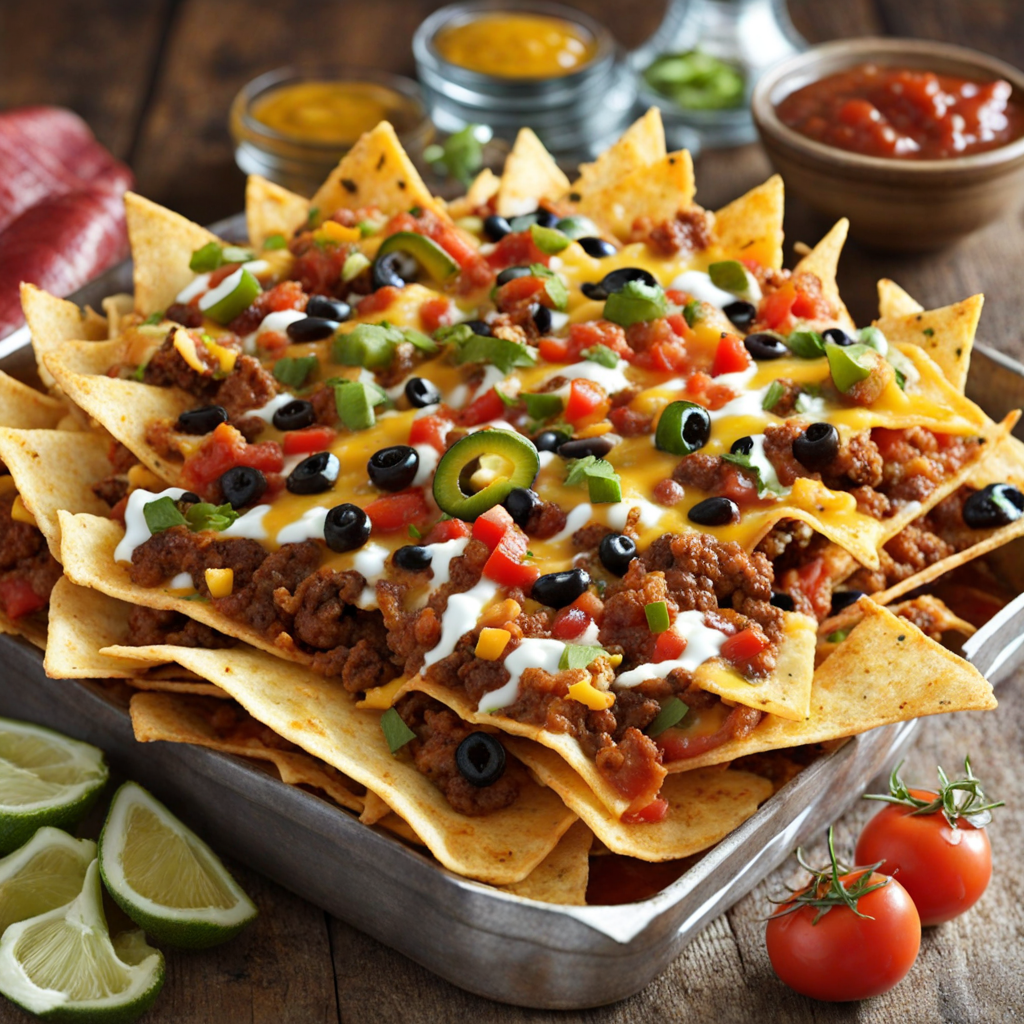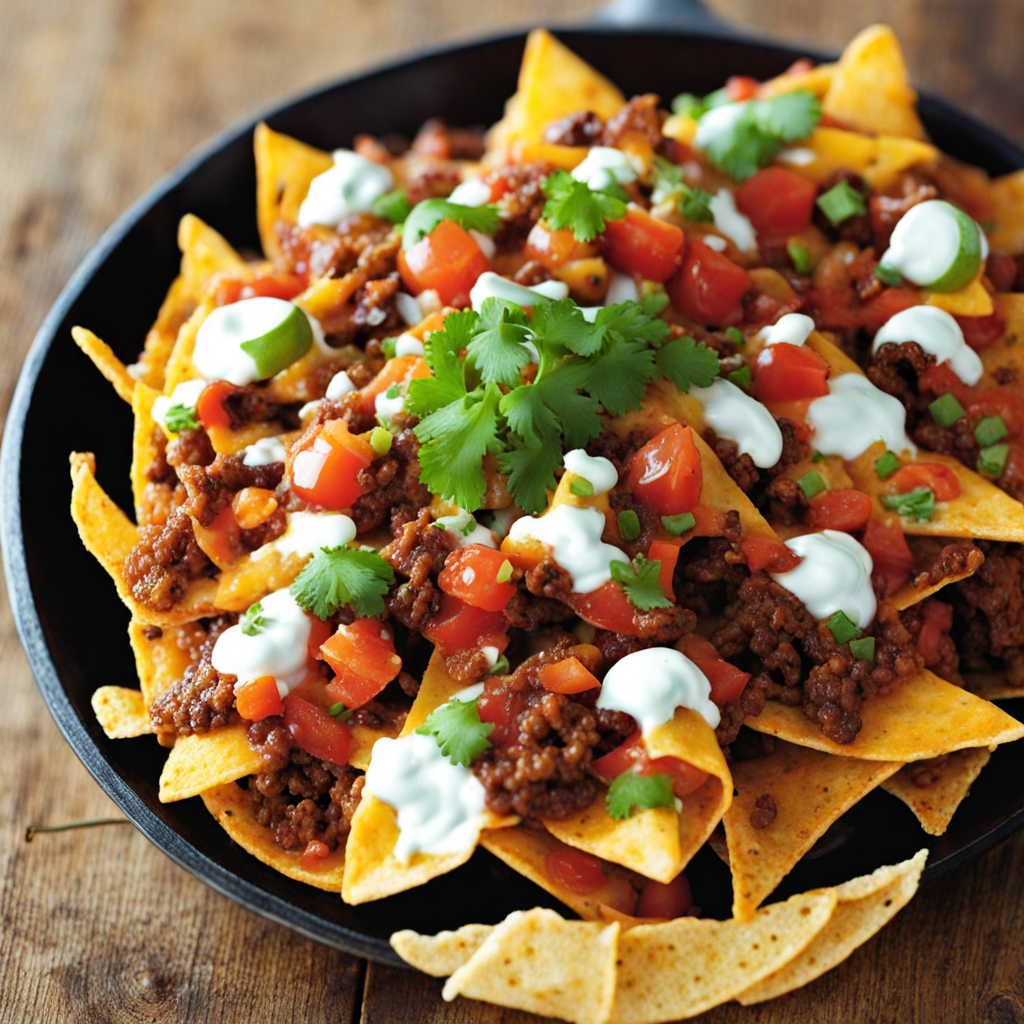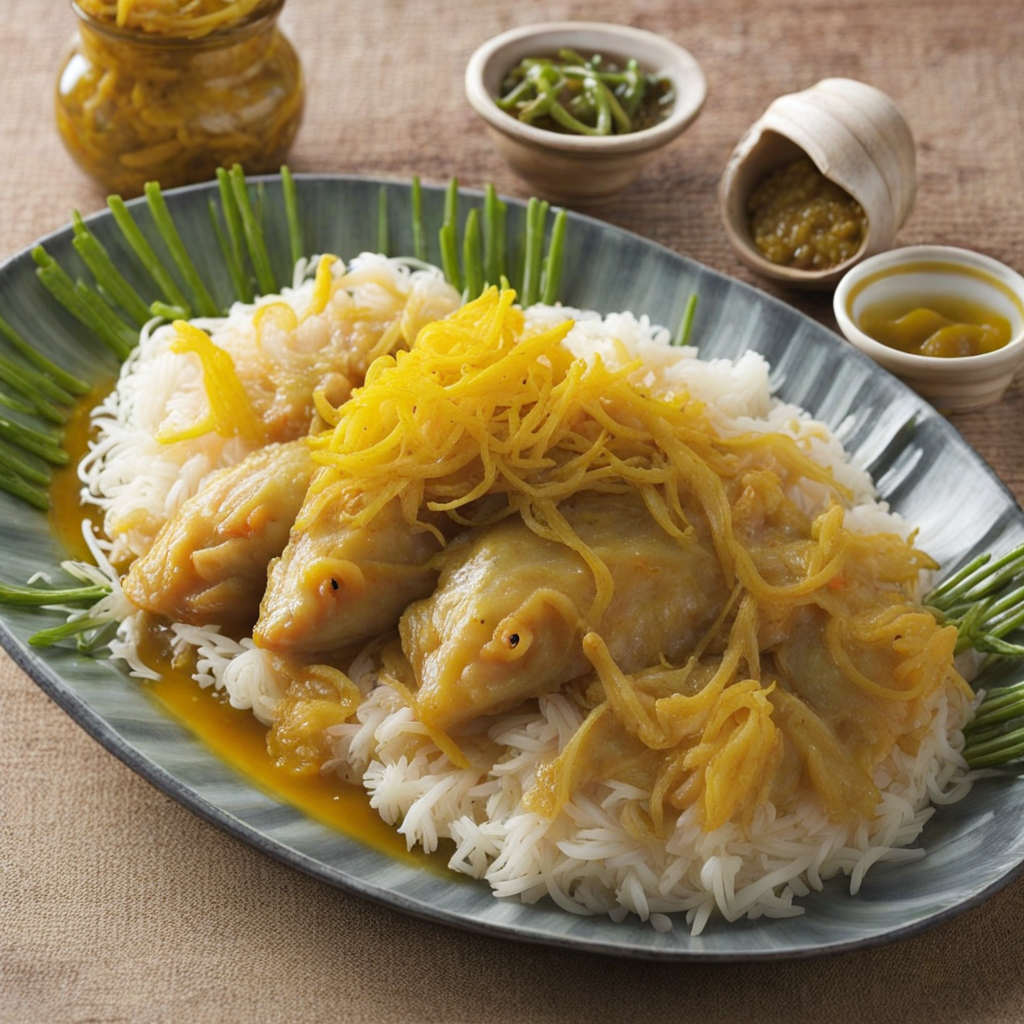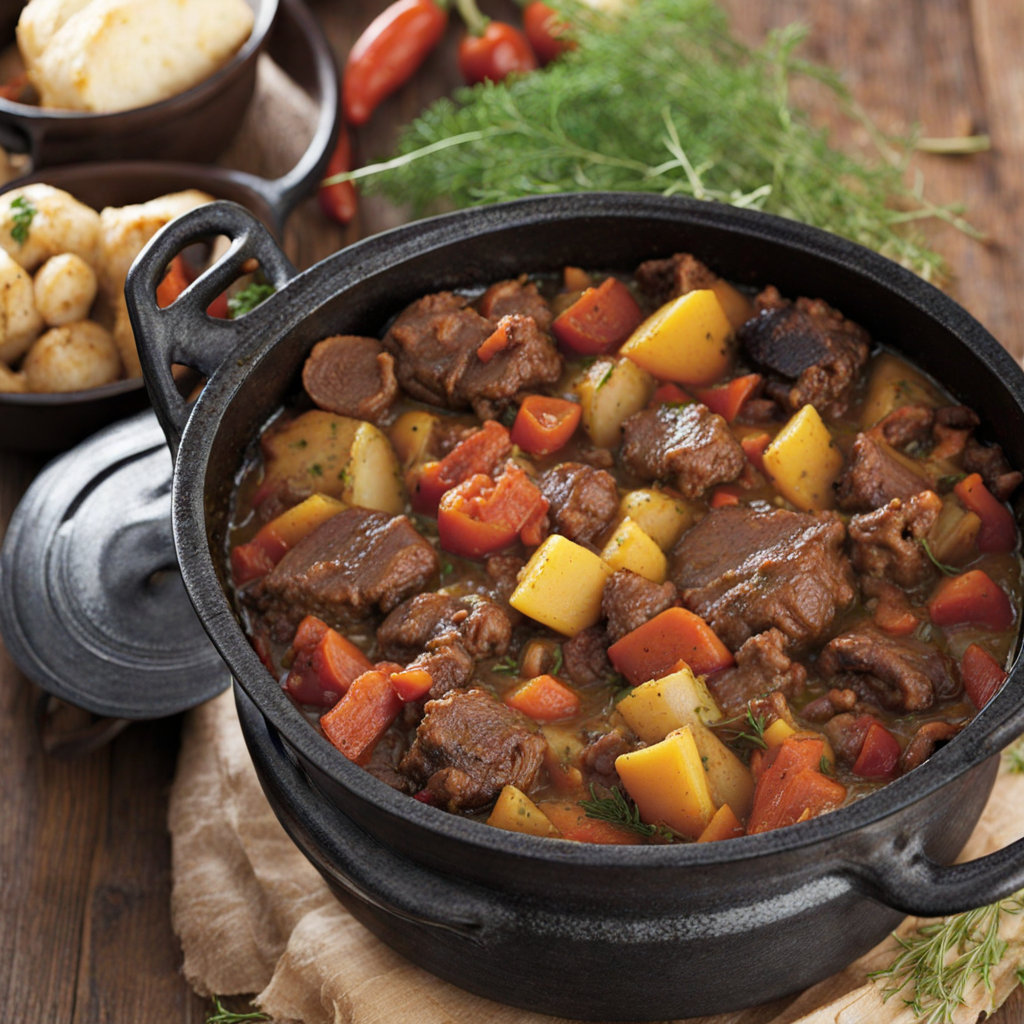Nachos
Nachos, a delightful dish that originated from Mexico, has found a unique twist in South Africa, where local flavors and ingredients elevate this beloved snack to new heights. South African nachos are typically built on a foundation of crisp tortilla chips, which are often made from corn and lightly salted, providing a satisfying crunch. These chips are then generously layered with a melty blend of cheeses, often featuring local varieties such as cheddar or a spicy cheese mix, which adds a rich and creamy texture to each bite. What sets South African nachos apart is the vibrant array of toppings that reflect the country's diverse culinary heritage. Common additions include spicy beef or chicken mince, seasoned with aromatic spices like paprika and cumin, and sometimes even a hint of peri-peri for that signature South African heat. Fresh toppings like diced tomatoes, jalapeños, and ripe avocado enhance the dish with bursts of freshness, while a drizzle of tangy salsa or a dollop of sour cream offers a cooling contrast to the spiciness. To truly embrace the South African twist, some variations of nachos incorporate traditional elements such as boerewors (a type of sausage) or even chakalaka, a spicy vegetable relish that brings an explosion of flavor and color to the dish. The result is a harmonious blend of textures and tastes, making South African nachos not just a snack, but a flavorful experience that showcases the rich and diverse culinary landscape of the country. Ideal for sharing with friends or enjoying as a solo indulgence, this dish promises a journey of flavor that is both familiar and refreshingly unique.
How It Became This Dish
The History of Nachos: A Culinary Journey from South Africa While nachos are often associated with Mexican cuisine, their history is rich and multilayered, weaving through cultural intersections that reflect globalization and culinary innovation. Although nachos have roots in Mexico, the dish has found a unique place in South African cuisine, transforming into a beloved snack that reflects the country's diverse culinary landscape. This narrative explores the origins, cultural significance, and evolution of nachos, particularly in the South African context. #### Origins of Nachos The origin of nachos dates back to 1943 in the border town of Piedras Negras, Mexico. According to popular lore, a group of American military wives crossed the border into Mexico for a meal. The only remaining staff member at the restaurant was Ignacio "Nacho" Anaya, who ingeniously crafted a dish from what was available: tortilla chips topped with melted cheese and jalapeños. He named it "Nachos Especiales," and it quickly gained popularity, evolving into a staple that would eventually cross the border and become synonymous with Tex-Mex cuisine. However, the nacho's journey didn't stop in Mexico. By the 1970s, nachos had exploded in popularity across the United States, particularly in sports bars and stadiums, where they became the quintessential game-day snack. Their simplicity and adaptability allowed for numerous variations, making them a canvas for culinary creativity. #### Cultural Significance In South Africa, the cultural significance of nachos can be understood against the backdrop of the country’s rich tapestry of flavors and culinary traditions. While the dish may not have originated in South Africa, its introduction coincided with the rise of a more globalized food culture in the 1990s, particularly post-apartheid. As South Africa emerged as a melting pot of cultures, so too did its food, reflecting the diverse backgrounds of its people. In urban centers like Johannesburg and Cape Town, the influence of global cuisine became evident, with restaurants and bars embracing international fare. Nachos, with their vibrant presentation and communal nature, became a popular choice among South Africans looking for a snack to share while enjoying sports or social gatherings. They symbolize a fusion of cultures, merging traditional South African flavors with a beloved Mexican dish. #### Development Over Time As South Africa embraced nachos, the dish underwent significant transformation, adapting to local tastes and ingredients. Traditional nachos were often made with simple toppings, but South African versions began to incorporate local flavors. For instance, biltong—a cured and dried meat—found its way onto nachos, adding a distinctly South African twist. The use of local cheeses, such as boerenkaas, also became common, enhancing the flavor profile and giving the dish a regional flair. In addition to these adaptations, nachos in South Africa began to feature a variety of toppings that reflect the country's culinary diversity. Ingredients such as spicy peri-peri sauce, guacamole made from locally sourced avocados, and salsa with fresh tomatoes and onions became staples. The inclusion of braai (barbecue) meats, such as boerewors or sosaties, turned nachos into a heartier dish, appealing to the South African love for outdoor grilling. The rise of food trucks in South Africa also contributed to the evolution of nachos. Mobile vendors began to experiment with creative and gourmet versions, offering unique toppings like pulled pork, kimchi, or even vegan options. This innovation not only showcased the versatility of nachos but also highlighted the culinary creativity thriving in South Africa. #### Nachos in Popular Culture Nachos have also found their way into South African popular culture. They are a common feature at sporting events, where they are often paired with cold beverages, creating a festive atmosphere. The dish’s popularity has led to nacho-themed festivals and competitions, celebrating both traditional and innovative interpretations of the dish. Moreover, the rise of social media has played a significant role in amplifying the popularity of nachos. Food bloggers and influencers have embraced the dish, sharing visually appealing images and recipes that inspire home cooks to experiment with their own nacho creations. This digital age has not only democratized the culinary landscape but has also allowed for cross-cultural exchanges, with South African nachos gaining recognition beyond local borders. #### The Future of Nachos in South Africa Looking ahead, the future of nachos in South Africa appears bright. As the country continues to embrace global culinary influences while celebrating its own heritage, nachos are likely to evolve further. The trend toward sustainability and health-conscious eating may lead to the creation of nachos using whole-grain or alternative flours for the tortillas, as well as fresh, organic toppings. Local chefs and home cooks are also expected to continue pushing the boundaries of what nachos can be. We may see the incorporation of indigenous ingredients, such as morogo (wild spinach) or unique spices and herbs native to South Africa, creating a distinct fusion that honors both Mexican and South African culinary traditions. #### Conclusion The history of nachos is a testament to the power of food as a cultural connector, transcending borders and evolving through time. While originating in Mexico, the adaptation of nachos in South Africa showcases the country's dynamic culinary landscape, where global influences are blended with local flavors. As nachos continue to evolve, they will undoubtedly remain a beloved dish, symbolizing the spirit of sharing, creativity, and cultural exchange that characterizes South Africa’s diverse food culture. Whether enjoyed at a lively sports event, a family gathering, or a trendy restaurant, nachos have firmly established themselves as a staple in the South African culinary scene, bridging gaps between traditions and inviting everyone to partake in the joy of good food.
You may like
Discover local flavors from South Africa







